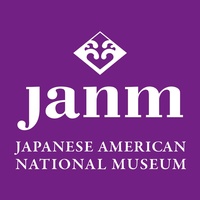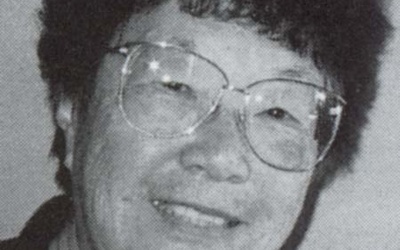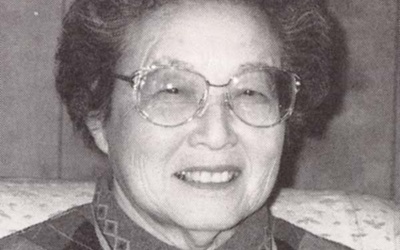Japanese American National Museum Magazine

These articles were originally published in the print member's magazine of the Japanese American National Museum.
Stories from this series
A Trunk Full of Stories: The Shogo Myaida Collection
Jan. 19, 2015 • Japanese American National Museum
In 1990, two years before the Japanese American National Museum opened to the public, curator Brian Niiya looked through a shabby old trunk in Albertson, New York. An elderly Japanese American gentleman and his wife had recently died. Neighbor and family friend Gloria Massimo had preserved the trunk full of letters, papers, class notes, printed materials about landscaping, and thousands of photographs. Urged by Museum charter member Lily Kiyasu, who had met and interviewed Shogo Myaida and his wife Grace, …
An Unusual Childhood - A Profile of Suki Terada Ports
Dec. 8, 2014 • Japanese American National Museum
Suki Setsuko Terada Ports is an outspoken woman with an infectious laugh and a straightforward manner. She is well known in New York as a dedicated and tireless activist. Ports has devoted much of her life to community service. In recent years most of her time has been spent helping to create AIDS projects, including one serving New York City’s Asian and Pacific Islander communities. Suki calls her childhood “unusual.” Her father, Yoshio Albert Terada, grew up in Hawai‘i, where …
Issei in New York, 1876 – 1941
July 7, 2014 • Eiichiro Azuma
The first Japanese immigrants to New York were quite different from their West Coast counterparts. Initially, the majority of Issei (first generation Japanese in America) came to New York, not to make quick money and return to Japan, but to engage in U.S.-Japan trade and learn Western ways. Many of these New York Issei came from Tokyo and other large cities, rather than from farming prefectures. Japanese Entrepreneurs The first Japanese in New York were ambitious young businessmen. In 1875, …
Community Activism A Family Tradition - Profile of Umeko Kawamoto
June 23, 2014 • Japanese American National Museum
Umeko Kawamoto is a bright-eyed woman with a radiant smile who enjoys reminiscing about San Diego’s thriving Japanese American community in the years before World War II. She recalls the prewar Japantown, in what is now downtown’s Gaslamp Quarter, as a bustling neighborhood that included grocery stores, restaurants, pool halls, dry goods stores, and hotels. The neighborhood, like Japanese districts all up and down the west coast, was emptied of its residents during World War II and never regained its …
There Wasn’t Anything to Be Afraid of In Those Days – Profile of Aiko Owashi
June 16, 2014 • Japanese American National Museum
Aiko Owashi, like so many Nisei women, begins an interview with the claim that her life is not interesting; nothing much ever happened to her. She acknowledges that her family is “deeply rooted” in San Diego, and soon is telling stories that illuminate a remarkable history. Owashi’s father, Toraichi Ozaki, came from Wakayama to San Diego at about the turn of the last century. He was, Owashi notes proudly, a charter member of the Ocean View United Church of Christ …
He Kept the Boat Alive – Profile by Harold Ikemura
June 2, 2014 • Japanese American National Museum
Harold Ikemura loves to tell stories about his years in the fishing fleet. At 83, he recalls with astonishing detail the particulars of his long life and of his years at sea. “I love fishing,” he says with delight. As a teenager, Ikemura went trout fishing along the San Gabriel River with the sons of a prominent Pasadena Japanese American family. Dr. Takejiro Itow, one of the founders of the Japanese hospital in Los Angeles, also had a daughter, Sumi, …




















